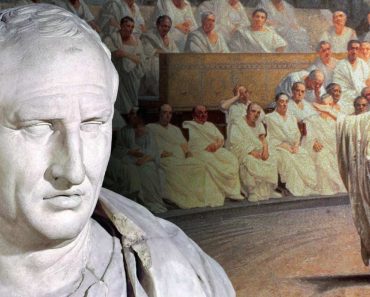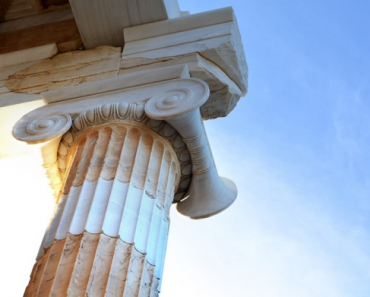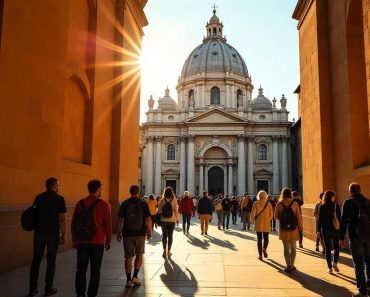
Archaeologists have successfully reconstructed ancient Roman frescoes nearly 2,000 years old using thousands of tiny fragments unearthed during a 2021 excavation in the English capital’s Southwark district near London Bridge and Borough Market.
The discovery, described as one of the most significant in London’s Roman history, marks the first time such a large and detailed set of painted wall plaster has been pieced together in Britain.
In a project spanning four years, specialists at the Museum of London Archaeology (MOLA) carefully analyzed and reassembled what were once vibrant wall decorations from at least twenty rooms in a high-status Roman building. The fragments had been discarded in a pit after the building was demolished in the early third century.
The restored artwork, dating between 40 and 150 AD, provides rare insight into the tastes and lifestyle of wealthy residents in Roman Britain. Researchers reconstruct Roman frescoes not just to preserve art but to better understand how people lived, what they valued, and how they expressed status through design.
Uncommon colors and elite taste discovered in design
The wall paintings feature bold black borders framing vivid yellow panels—an uncommon color choice in Roman decor. The scenes include detailed images of birds, fruit, flowers, and musical instruments, pointing to both artistic ambition and cultural influence. The scale and style of the artwork indicate the home belonged to an elite household with refined taste and access to broad artistic trends from across the Roman Empire.
Han Li, a senior building materials specialist at MOLA, spent three months arranging the fragments by hand, likening the task to assembling “the world’s most difficult jigsaw puzzle.” Many pieces were extremely fragile, and some were from different rooms, further complicating the process. This was a “once-in-a-lifetime” experience, Li said in a BBC Radio 4 interview.
Rare signed fragment and Greek graffiti add historical weight
Among the most striking finds is a fragment bearing the Latin word fecit, meaning “has made this,” written within a tabula ansata, a framed shape used in Roman times to sign artworks. Although the artist’s name is missing, it is the first known example of a signed Roman wall painting discovered in Britain.
Another rare piece contains graffiti written in the ancient Greek alphabet. Experts say the carefully carved letters signify a skilled hand, ruling out the idea that it was simple writing practice. It remains the only known Greek graffiti on Roman wall plaster ever found in Britain.
Some sections were painted to mimic costly materials, including deep red Egyptian porphyry and yellow-veined African marble. These imitation styles, paired with references to artistic traditions from Roman sites in Germany and France, are indicative of wide-reaching cultural links.
As the team continues to document and interpret the fragments, the reconstructed frescoes provide a vivid glimpse into a part of London’s Roman past that has long been buried—until very recently.






